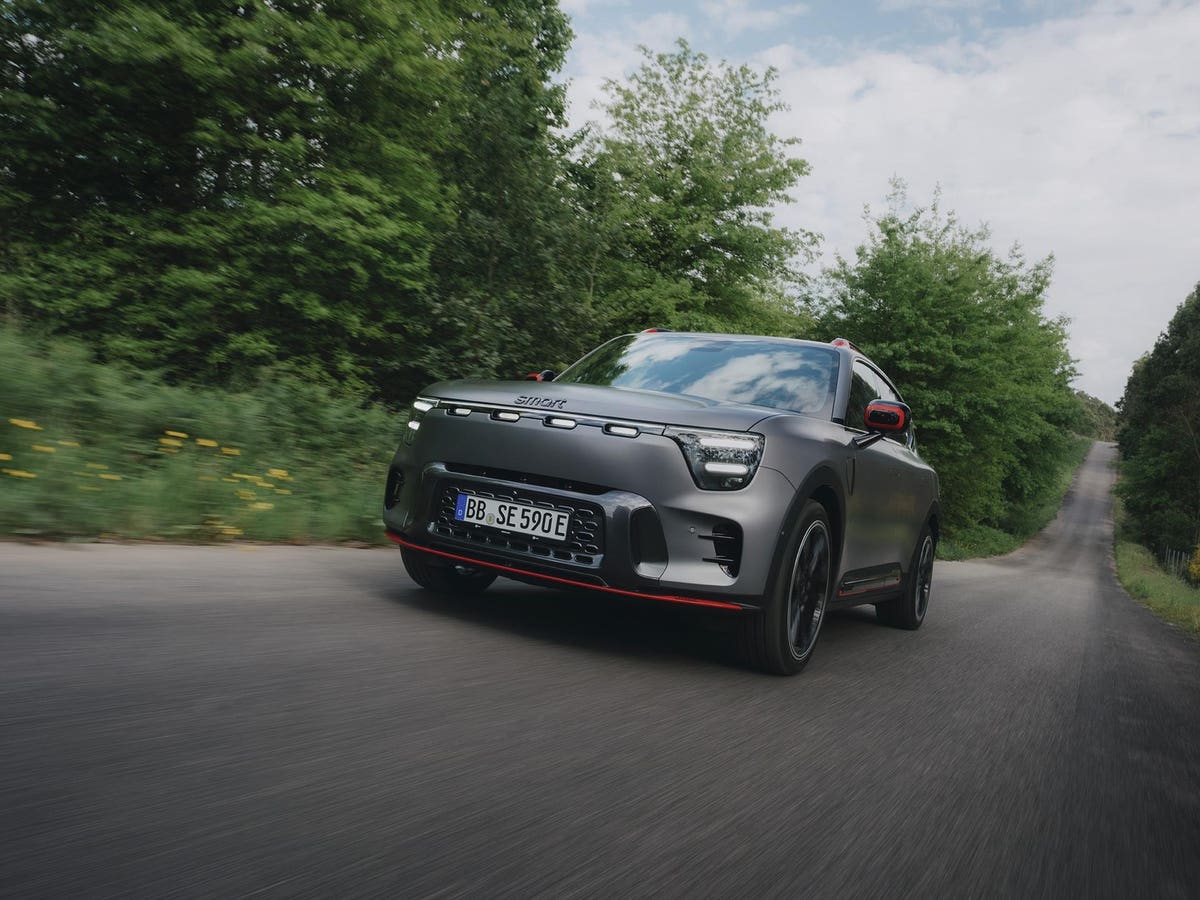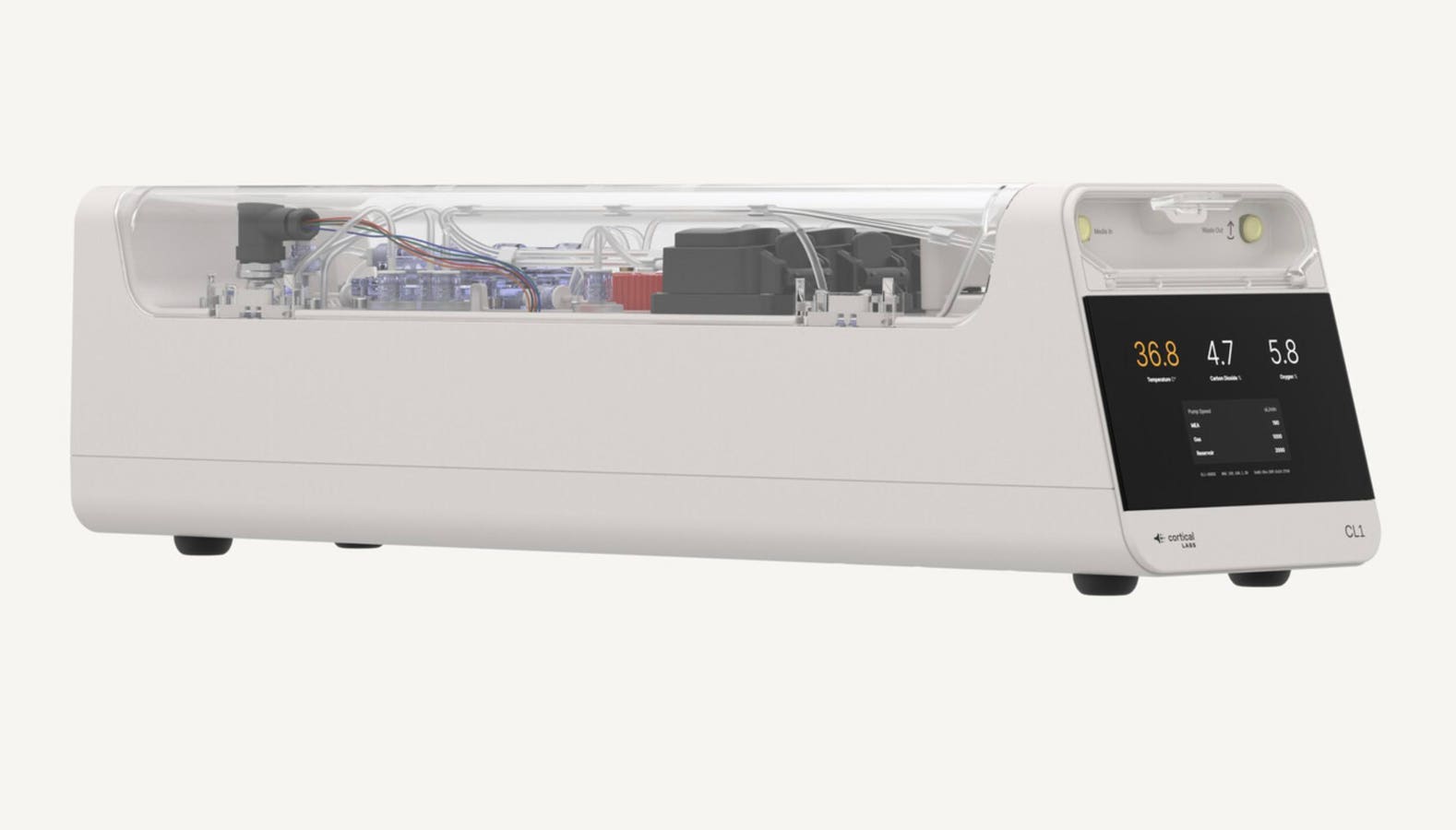The #5 is the biggest Smart yet, and definitely not just a city car.
Once upon a time, not so long ago, Smart cars were tiny. But the brand has well and truly moved on from that era. The #1 was still urban in focus, despite being a more traditional crossover hatchback size, and the #3 took that in a more coupe-like direction. But now we have the Smart #5, and it’s very much in a different league to any Smart that went before.
Smart #5: Is Bigger Better?
The #1 and #3 are still “city first” cars, but with more extra-urban capabilities. The #5 is much more general-purpose and mainstream than that. This is a mid-size crossover SUV with some resemblance to a Jeep Renegade from the front, albeit with a much more contemporary spin. Smart is pitching the #5 as an outdoor-capable “adventure” vehicle, and there’s even an offroad mode available with some versions of the car.
While the #1 and #3 have a distinct family resemblance from the front, so it could be easy to mistake them unless you see the side profile, the #5 is a noticeable divergence. Smart calls it a design evolution, but it feels like more than that. The row of lights along the front and rear add to the rugged look. However, this isn’t a huge car – it’s less than 4.7m long, making it shorter than a Tesla Model Y.
Definitely not a small city car.
The range of versions is greater with the #5 than previous Smarts, too. The entry-level model is the Pro. It sports a single motor driving the rear wheels and delivering 250kW (335hp) and 373Nm of torque, allied with a 76kWh gross (74.4kWh net) LFP battery. All the rest of the range have a 100kWh gross (94kWh net) NCM battery. The Pulse allies this with all-wheel drive delivering 432kW (579hp) and 643Nm of torque, as does the Summit. The Premium and Pro+ use a single rear motor with 267kW (358hp) and 373Nm of torque. The range-topping Brabus, which I drove, boasts a potent 475kW (637hp) AWD system and 710Nm of torque.
Smart has been a joint venture between Geely and Mercedes-Benz since 2020. The cars are also available in China (the #5 was the main act on Smart’s stand at Auto Shanghai last month), and the powertrain comes from Geely. That means it uses the Sustainable Experience Architecture (SEA), variants of which can also be found in cars from Polestar, Volvo, Zeekr, and Lynk & Co. But the exterior and interior styling have been created by Mercedes-Benz, so you have Chinese EV technology underpinning a European design, which Smart reckons gives its cars a unique selling point in both regions.
While the trim options of the first couple of hashtag Smarts were relatively easy to choose between, the six different versions of the #5 provide more confusion because the equipment level varies too. All versions have a panoramic sunroof, powered tailgate, adaptive cruise control, powered seat adjustment and front heated seats. There’s wireless phone charging plus Apple CarPlay and Android Auto. This is what you get with the Pro and Pro+.
Dual infotainment screens are only included with the higher trim levels.
There’s a 10.25 instrument display and a 13in infotainment screen on these two trims, too. The Pulse, Summit, Premium and Brabus have a second 13in infotainment screen on the passenger side, which enables that occupant to enjoy media while driving. The Pulse adds off-road driving modes (being all-wheel drive), plus a heat pump and leather seats. There’s a PM2.5 sensor with air quality control.
Summit then provides a powered trailer hitch, hands free access to the tailgate, a head-up display, and a second wireless phone charger. Premium has all this, lacks the all-wheel drive, but adds ventilated front seats and heated rear ones, plus an enhanced 20-speaker Sennheiser sound system. Apart from the extra power, the Brabus mostly adds design elements, although you get the additional Brabus driving mode, launch control, and simulated engine sounds (of which more later).
Smart #5: Now Even Smarter Inside
All the new hashtag Smarts have minimalist but high-quality interiors – this is part of what Mercedes-Benz brings to the joint venture. There are leather upholstery options, and the front seats are very comfortable. I drove the #5 for nearly five hours in one day, with a break after three, and felt perfectly fine. There is a strong sense of roundness about the interior trim, with the dashboard, screens, vents and other features echoing the C-shape in the Smart logo.
The Smart EQ fortwo only had two seats, while the #1 and #3 are credible five-seaters, but the #5 has an almost unfeasible amount of room in the back given how big it is. Sitting behind the driver’s seat, adjusted for my 5 ft 10in self, there is a lot of legroom, with plenty of headroom too. The panoramic sunroof makes the space feel even greater. Although the middle seat is more child-only, this is a car that four adults could travel long distances in with comfort. There are also two movable internal cameras above the rear doors. Nobody was able to tell me what these were for, but I suspect they will be used for some kind of occupant-monitoring system.
There is plenty of space for rear-seat passengers.
There are some opaque methods for opening car tailgates, but Smart’s must be one of the most obscure. Hidden within the hole of the letter A of the brand name on the back is the button to release the door. Considering how much rear seat space there is, the fact that you also get 630 liters of cargo capacity with the seats up is commendable. Fold them forward, and this increases to 1,500 liters, which isn’t quite so class-leading but certainly adequate for a car less than 4.7m long. There’s a 72-liter frunk as well with the rear-wheel drive cars, although the all-wheel drive Brabus, Summit and Pulse have motors where this space would have been, so only offer 47 liters.
The infotainment system for the #5 has matured compared to previous models. While the #1 and #3 are packed with software features, the home screen is very busy. The #5 is much more sedate and easier to navigate as a result. You still get a pet lion hanging out on the home screen (each Smart has its signature animal, with the #1 getting a fox) but it’s far less active than previous cars. It’s a tamer big cat. I would still have liked a few more discrete buttons for air conditioning settings, however.
Smart #5 Brabus Power
The Brabus version of the #5 I drove has serious grunt. By default, this car operates in Comfort mode, which still feels quick. There’s an Eco mode below that for squeezing out the most range. But then there are Sport and Brabus options. Dial in the latter, and you get the full power and torque. This enables a sprint to 62mph in just 3.8 seconds. That is incredibly fast for any car, let alone a reasonably sized SUV. Most impressively, if you’re doing motorway speeds there is still plenty left to go beyond the limit very quickly. Don’t ask me how I know that. If you want a bit more drama to your drive, there is even a selection of fake engine noises to turn on, although only with the Brabus version.
The non-Brabus #5s are still perfectly fast enough, however. Even the Pro only takes 6.9 seconds to hit 62mph, while the Pro+ and Premium require 6.5 seconds. The Pulse and Summit drop further to 4.9 seconds. This is a quick SUV whichever version you go for. The Brabus is almost too quick, and you’ll probably not use Brabus mode most of the time. I saw the efficiency drop very noticeably in this mode. The handling on windy mountain roads is more engaging than most midsize electric SUVs I’ve tried. It’s not a BMW iX, but it’s definitely one of the best in class, while handling rough road services almost as well as a car with air suspension. That’s a seriously impressive achievement.
The Smart #5 Brabus is monstrously quick in a straight line.
The electric range of Smart cars has come a long way since the EQ fortwo, which would make you nervous driving anything beyond your local urban area. The #1 and #3 are much more comfortable travelling between cities, but the #5 takes that another step further with its huge 100kWh battery. The all-wheel drive Pulse, Summit and Brabus offer 338 miles of WLTP range, while the Premium extends to 369 miles. The 76kWh battery in the Pro and Pro+ is still quite big, so delivers a reasonable 291 miles of WLTP range.
I drove the Brabus for nearly five hours and 274.5 km (171 miles) at the European launch. This included a lot of steep and windy hill roads, some urban driving, and at least a couple of hours of highway. Most of this was in Comfort mode, with about 20% in Brabus mode and very little in the other two options, but my driving style was generally what you might call “vigorous”, within legal limits. My overall efficiency was 2.4 miles per kWh, implying a real-world range of 226 miles. That’s not stunning, when the Tesla Model Y Performance (last generation) went further with a smaller battery when I tested it in 2023. The new version is even more efficient.
The Smart #5 cars with 100kWh batteries boast incredibly quick 400kW charging.
However, the #5 has another trick up its sleeve – 400kW charging, thanks to an 800V architecture. You won’t find 400kW charging in many places yet, but if you do, lightning-quick replenishment is on the cards. During the launch, the car was demonstrated going from 8% to 82% in under 15 minutes. That’s not really any slower than refilling with dinosaur juice, when you factor in having to go into the fuel station to pay. The LFP battery in the Pro/Pro+ only offers 150kW charging, however, thanks to having a 400V architecture.
The Smart #5 Could Be Cheaper Than You’d Expect
Smart hasn’t finalized UK prices for the #5 yet, although UK CEO Jason Allbutt hoped to set the entry-level Pro around £40,000 ($53,500) and the Brabus “early to mid £50,000 ($67,000)”. That would be very reasonable, particularly for the more premium versions of the car. If the #5 can be introduced at this level, it will be competitive with the Tesla Model Y and a strong contender against Chinese entrants like the BYD Sealion 7 and XPENG G6. The quality is high, the driving experience commendable, and the practicality strong.
Will Smart ever return with a smaller car? Sylvain Wehnert, Head of Design Creation at Smart, says the company has been working on something called Project #2 for 18 months, but there’s still no concrete date for release. Until then, Smart cars are getting bigger, and in the case of the #5, more mainstream. Judging by how many boxes the Smart #5 ticks so well, that means we could see plenty of them on the road.








